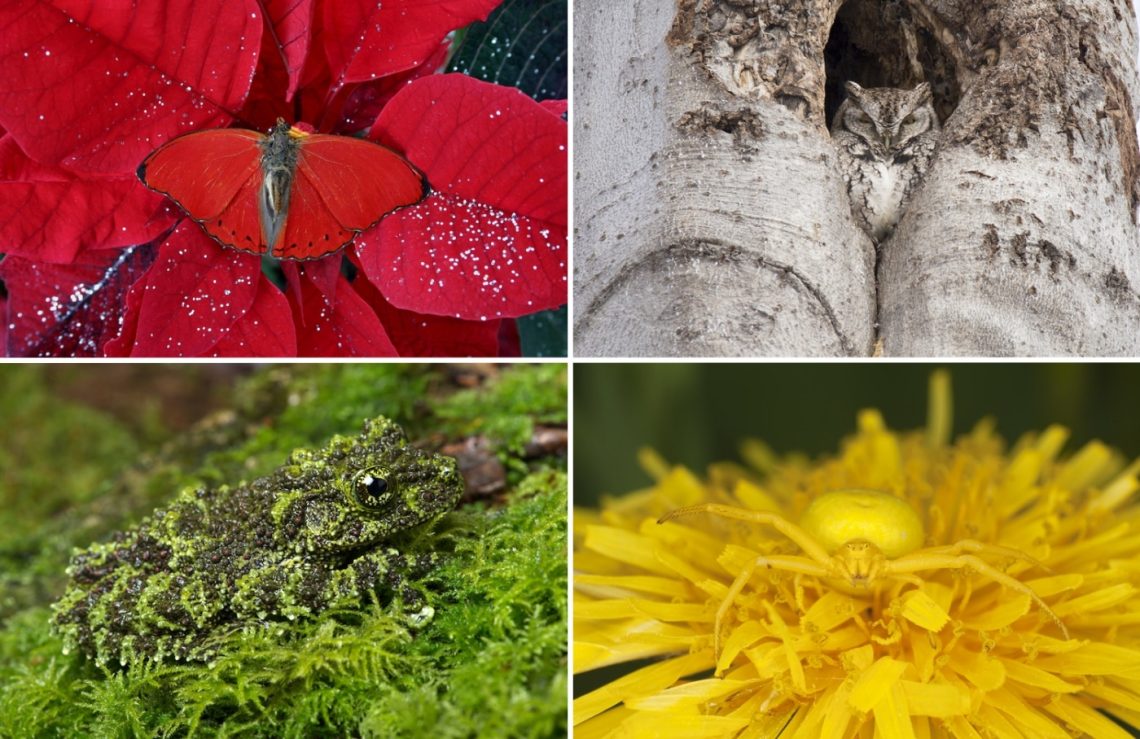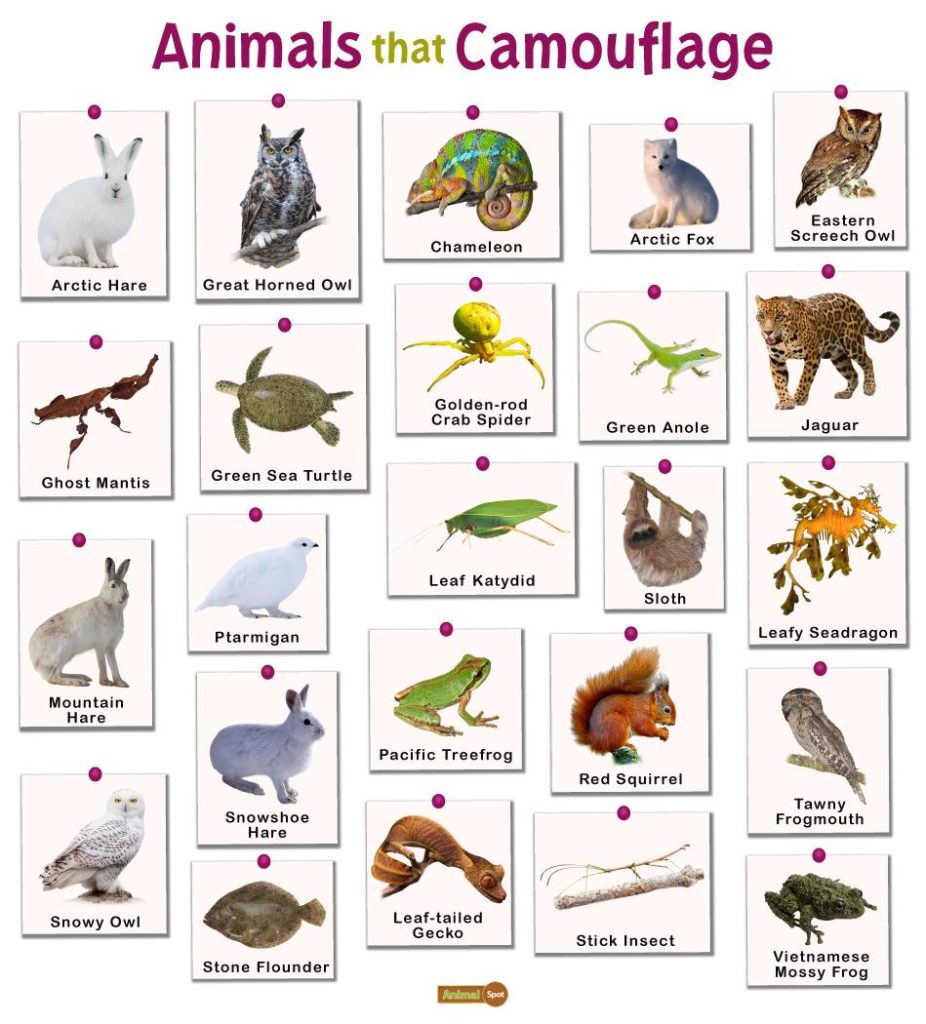
Nature’s Masterpiece: Natural Camouflage in the Animal Kingdom
In the wild world of the animal kingdom, survival often hinges on the ability to remain hidden from predators or to stalk prey undetected. Mother Nature, in her infinite wisdom, has bestowed upon many species the incredible gift of natural camouflage. This remarkable adaptation allows animals to blend seamlessly into their surroundings, becoming virtually invisible to the naked eye. In this exploration of natural camouflage, we’ll uncover the astonishing ways in which creatures from various ecosystems have evolved to become masters of disguise.
The Art of Camouflage: An Evolutionary Marvel
Camouflage is not merely a coincidental occurrence in the animal world; it is a product of millions of years of evolution. The principle is simple: those animals that could effectively hide from predators or sneak up on prey had a better chance of surviving and passing on their genes to the next generation. Over time, this led to the development of an astounding array of camouflage techniques and adaptations.
Types of Natural Camouflage
Natural camouflage takes on many forms, each adapted to the specific needs of the animal and its environment. Here are some of the most fascinating examples:
1. Mimicry
Mimicry involves animals imitating the appearance of other objects or organisms in their surroundings. One of the most famous examples is the stick insect. With its slender, twig-like body, it closely resembles the branches and twigs of the trees it inhabits. Similarly, leaf-tailed geckos mimic dead leaves, their skin patterned with vein-like markings and blemishes that make them virtually indistinguishable from the foliage.
2. Cryptic Coloration
Cryptic coloration, or background matching, involves animals adopting the colors and patterns of their environment. For instance, the peppered moth, native to England, features a speckled pattern that matches the bark of trees. During the Industrial Revolution, when tree bark darkened due to pollution, a mutation led to blacker moths that were better camouflaged against the soot-covered trees.
3. Disruptive Coloration
Disruptive coloration involves bold patterns and high-contrast coloration that breaks up an animal’s outline, making it harder to discern against its background. The zebra’s black-and-white stripes may serve to confuse predators like lions by making it difficult to single out an individual from the herd.

4. Countershading
Countershading is a form of coloration in which animals are darker on their upper side and lighter on their lower side. This mimics the way light falls on their bodies when viewed from above, helping them blend into their surroundings. Many marine creatures, including sharks and dolphins, exhibit this form of camouflage.
5. Blending with Texture
Some animals take camouflage to the next level by not only matching colors and patterns but also imitating the textures of their surroundings. The leaf-tailed gecko, for example, not only mimics the color and shape of leaves but also exhibits skin textures reminiscent of dried, decaying leaves.
Camouflage for Survival
Natural camouflage serves a vital purpose in the animal kingdom. It helps animals avoid predation, enabling them to survive to reproduce and pass on their genetic traits. It also aids in hunting, allowing predators to get closer to their prey before launching an attack. Additionally, camouflage helps animals evade detection while they lay eggs or care for their young.
The Ongoing Fascination with Camouflage
The study of natural camouflage continues to captivate scientists, artists, and nature enthusiasts alike. Beyond its survival benefits, it showcases the breathtaking beauty and complexity of the natural world. It’s a testament to the ingenuity of evolution, the incredible diversity of life on Earth, and the endless wonders that await discovery in our planet’s most hidden corners.
As we marvel at the incredible creatures that have mastered the art of natural camouflage, let us remember that every forest, desert, and ocean holds countless hidden treasures, each more astonishing than the last. The animal kingdom’s great camouflaged wonders serve as a reminder that nature’s secrets are as boundless as our curiosity, awaiting those who dare to explore and appreciate its artistry.
You May Also Like

The Hormone That Could Be Making Your Dog Aggressive
2022-01-12
Memory: How Information Is Stored, Retained And Retrieved
2021-12-19


